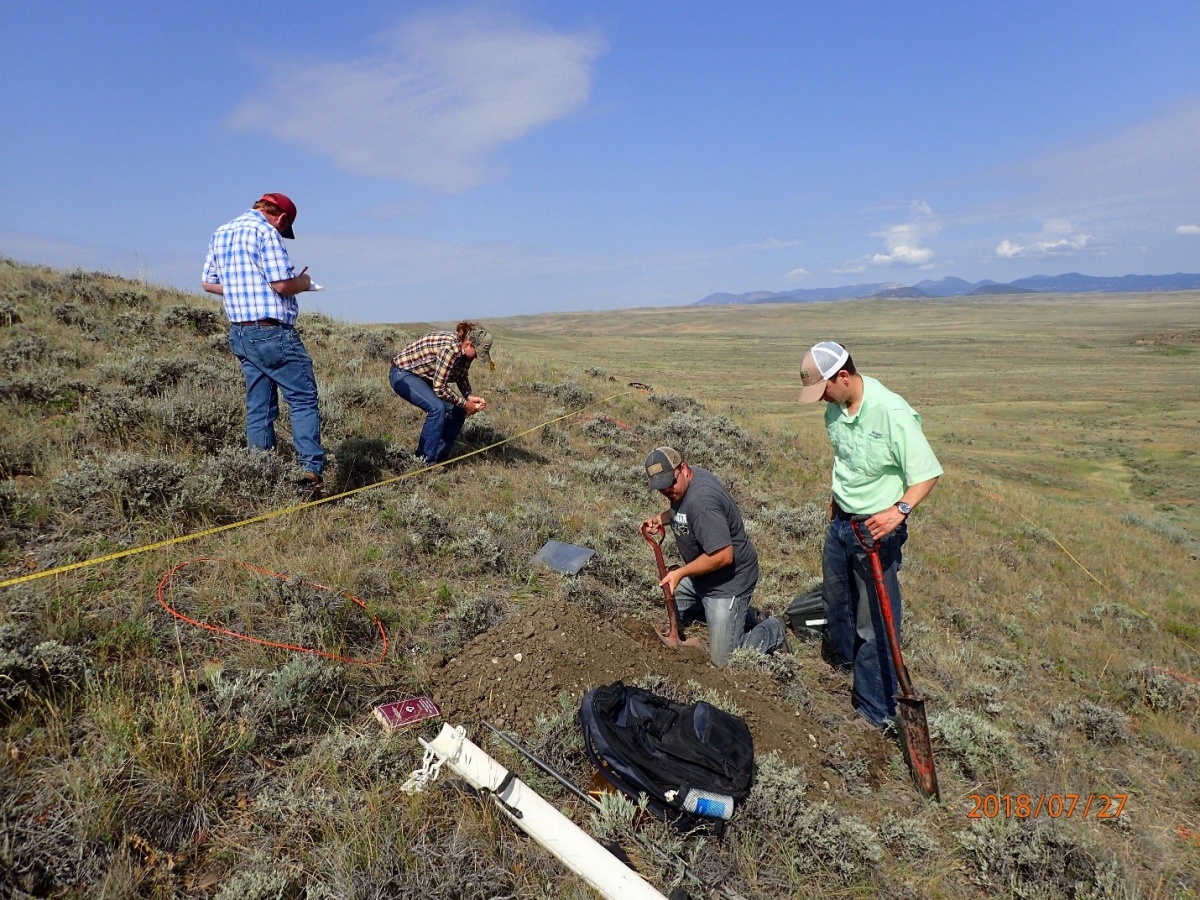Related Stories
- Aerial sagebrush seeding helps restore Robertson Draw Fire burn area
- Veteran fuels module in Rapid City, SD sets a standard for community assistance
- Hi-Line field offices vie for “Coldest Place in America”
- Tackling the Legacy of Orphaned Wells: The Federal Orphaned Well Program in Action
- Full Circle: BLM and Special K Ranch Plant Native Sagebrush Seedlings

